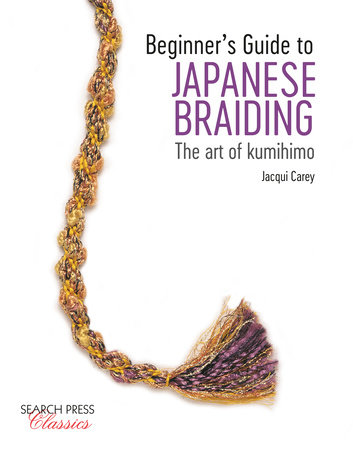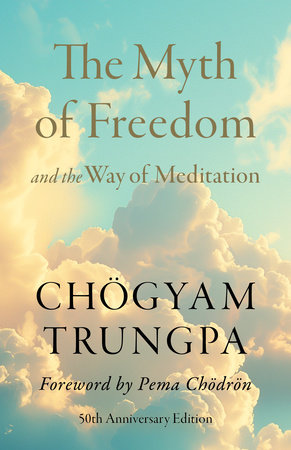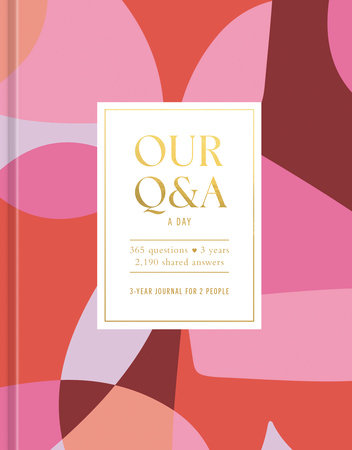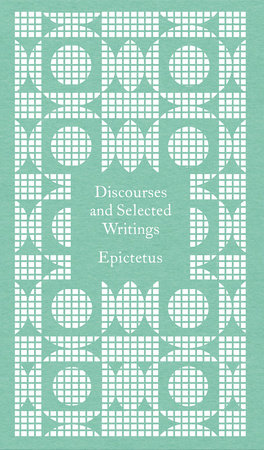Postcard Reviews – Feb 2020
Learn the calming, traditional craft of kumihimo – Japanese braiding – through step-by-step projects.
Kumihimo is the ancient art of Japanese braidmaking; admired for its dual qualities of usefulness and beauty, and associated with both fashion and the samurai. In this instructional book, Jacqui Carey teaches the use of a marudai (round stand) to produce a variety of different types of braids, which can then be used to create countless combinations of colour, texture and material.
This is a brilliant book for beginners, as it guides you through the steps in an easy to understand step by step technique. The projects are simple but stunning, and include bracelets, necklaces and ties.
Each project can be adapted in size, and I loved the rich tonal colours that were used for each piece.
Beads, ribbons and cords are perfect for these designs, but finer threads can be used to make smaller items. The instructions are accompanied by superb photography, demonstrating each step.
5*/5
Booklist Apr 2020
In this 1997 U.K. title being re-issued by Search Press Classics, Carey uses step-by-step photographs to show how, with the proper tools and textiles, kumihimo, the Japanese art of braiding, can be mastered. Equipment is a key to success: a round stand called marudai, which Carey points out can be estimated with a heavy-duty cardboard circle and a lampshade frame. Kumihimo is an intricate process, depending on wise choices in threads as well as delicate rebalancing of the weight. The six projects here are focused on how to create a half dozen different shapes of braids, from square and round to honeycomb and hollow. Charts and color photographs guide fingers unused to working with bobbins; occasional tips (e.g., stop braiding when warp thread ends are short) help finalize a more professional look. Two end pages show and summarize the different applications available, from using the braid as an applique to repurposing it into bracelets. — Barbara Jacobs
























